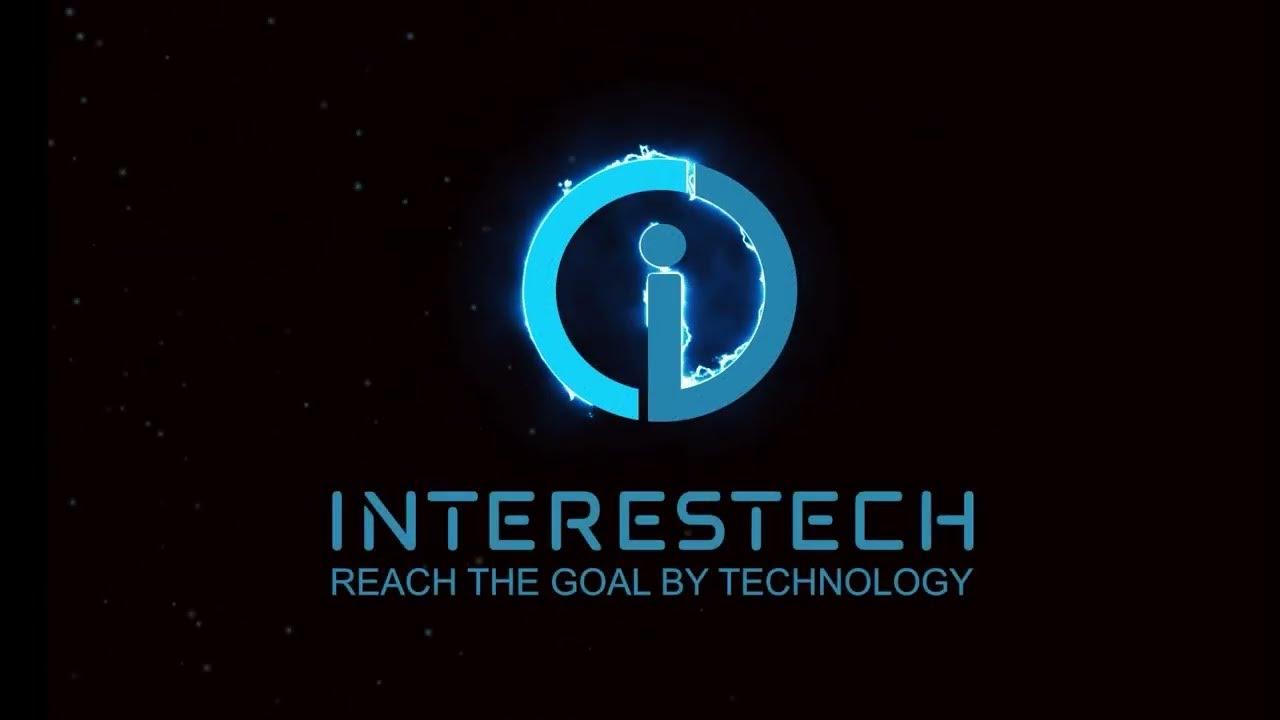Engineering Concept Assessment 1
Summary
TLDRThis session covers the fundamentals of essential electronic components: resistors, capacitors, transistors, and inductors. It explains their functions, types, and engineering applications. Resistors regulate current flow, capacitors store electrical energy, and transistors act as switches or amplifiers in various circuits. Inductors store energy in magnetic fields and play key roles in signal processing. The video also highlights real-world applications such as power supply regulation, radio communication, and embedded systems, illustrating how these components work together in modern engineering designs.
Takeaways
- 😀 Resistors are passive components that restrict electric current flow and are essential in voltage division, current limiting, and transistor biasing in circuits.
- 😀 Capacitors temporarily store electrical energy in an electric field and serve multiple functions such as filtering voltage fluctuations, ACDC coupling, and timing circuits.
- 😀 Transistors are semiconductor devices that act as switches or amplifiers, used in applications like voltage regulation, digital logic circuits, and automatic control systems.
- 😀 Inductors store energy in the form of a magnetic field and are used in applications such as filtering, noise suppression, and radio frequency tuning.
- 😀 The core electronic components—resistors, capacitors, transistors, and inductors—are the building blocks of electrical and electronic systems.
- 😀 Resistors come in various types, including fixed, variable (potentiometers, rheostats), and thermistors, each serving specific roles in circuit design.
- 😀 Capacitors include different types like electrolytic (for power supply filtering), ceramic (for high-frequency use), and tantalum (for precision filtering).
- 😀 Transistors operate in three modes: cutoff (acting as an open switch), active (acting as an amplifier), and saturation (acting as a closed switch).
- 😀 Inductors resist changes in current flow and are governed by an equation involving inductance and the rate of current change, playing a crucial role in signal processing.
- 😀 Modern electronic systems integrate these components (resistors, capacitors, transistors, and inductors) for practical applications like fan speed controllers, power supplies, radio communication, and mobile chargers.
Q & A
What is the primary function of a resistor in an electronic circuit?
-A resistor is a passive component that restricts the flow of electric current in a circuit, defined by Ohm's law, where voltage is directly proportional to the current flowing through it.
How do variable resistors differ from fixed resistors, and where are they used?
-Variable resistors, like potentiometers and rheostats, allow manual adjustment of resistance. They are used in applications such as audio volume controls and dimmer switches, while fixed resistors have a constant resistance and are used for voltage division, current limiting, and transistor biasing.
What is the significance of thermistors in electronic circuits?
-Thermistors are a special class of resistors that change their resistance based on temperature. They are used in temperature sensing circuits and thermal protection systems.
How do capacitors function in electrical circuits?
-Capacitors temporarily store electrical energy in an electric field. They are used for filtering voltage fluctuations, ACDC coupling, resonant LC circuits, and timing circuits in various applications.
What types of capacitors are commonly used in engineering applications?
-Common types of capacitors include electrolytic capacitors (for power supply filtering and energy storage), ceramic capacitors (for high-frequency applications), tantalum capacitors (ideal for precision filtering), and super capacitors (used in backup power systems).
What is the role of capacitors in power supplies and signal processing?
-In power supplies, capacitors filter out voltage fluctuations, ensuring stable power delivery. In signal processing, they are used to smooth signals, block DC while allowing AC to pass, and tune circuits for specific frequencies.
How do transistors operate in a circuit?
-Transistors are active semiconductor devices that can function as switches or amplifiers. They operate in three modes: cutoff (acting as an open switch), active (acting as an amplifier), and saturation (acting as a closed switch).
What is the difference between Bipolar Junction Transistors (BJT) and Field-Effect Transistors (FET)?
-BJTs rely on base current to control the collector current, while FETs, including MOSFETs, are voltage-controlled devices. FETs are widely used in digital circuits due to their efficient control and low power consumption.
What are some practical applications of transistors in electronic circuits?
-Transistors are used in voltage regulation, digital logic circuits (such as microprocessors and memory), automatic control systems (like light-sensitive circuits), radio frequency amplification, and wireless communication.
How do inductors work in electronic circuits?
-Inductors store energy in a magnetic field when current flows through them. They resist changes in current and are used in applications such as chokes (for suppressing high-frequency noise), RF and audio filtering, transformers, and resonant LC circuits for frequency tuning.
How are resistors, capacitors, transistors, and inductors integrated in modern engineering applications?
-In modern systems, components like resistors, capacitors, transistors, and inductors are integrated into functional circuits for applications such as fan speed controllers (using potentiometers for voltage regulation), power supplies (using capacitors for filtering and transistors for regulation), radio communication (with LC circuits for precise tuning), and embedded systems (for signal processing and automation).
Outlines

This section is available to paid users only. Please upgrade to access this part.
Upgrade NowMindmap

This section is available to paid users only. Please upgrade to access this part.
Upgrade NowKeywords

This section is available to paid users only. Please upgrade to access this part.
Upgrade NowHighlights

This section is available to paid users only. Please upgrade to access this part.
Upgrade NowTranscripts

This section is available to paid users only. Please upgrade to access this part.
Upgrade NowBrowse More Related Video

Modul 3 subtopik 2.1. Jenis, Fungsi dan Cara Kerja Komponen Elektronika

Active And Passive Components | Basic Electronics Components

#2 Komponen dan Alat Pendukung IoT 1 (Komponen Dasar Elektronika, Sensor dan Aktuator)

What are the Classifications of Electronic Components | Passive & Active Components | EDC

07 - SCHEMATIC DIAGRAMS, BASIC ELECTRONICS COMPONENTS, AND FUNDAMENTAL UNITS

Electronic Components Guide
5.0 / 5 (0 votes)